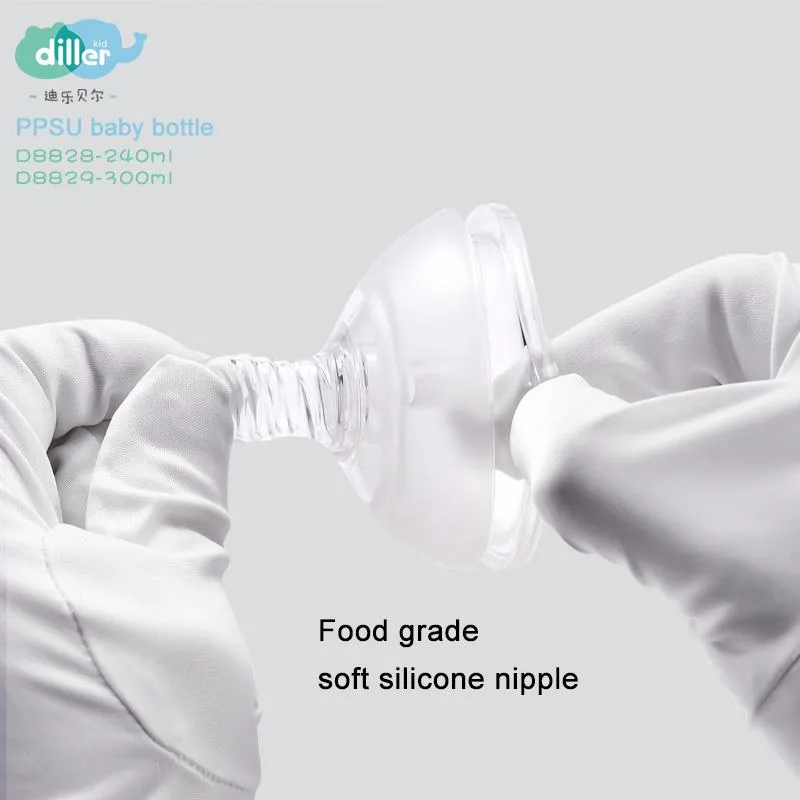What is food grade silicone?
Food-grade silicone, a seemingly unfamiliar name, has been attracting more and more attention as it appears frequently in maternal and infant products. As a new material used in nipples, bottles, water bottles, toothbrushes and even spoons, food-grade silicone is an inorganic macromolecule colloidal material condensed from silicic acid. It is non-toxic, odorless and has stable chemical properties. Under normal conditions, it does not react with any acid-base salts except caustic alkali and hydrofluoric acid. It can withstand the high temperature of 220 C and can be used in microwave oven. It has no toxic and side effects on human body. Compared with other materials, it is safer and healthier.
Simply put, food-grade silicone has strong stability properties, and more in line with the requirements of healthy and safe life. In fact, food-grade silicone can be seen everywhere, the most common is the sealed silicone ring inside the water bottle cap, which is easy to clean and non-toxic and harmless.
At present, the food-grade silicone products mainly involved in the market are mainly divided into drug-grade silicone and food-grade silicone, but only after the certification of the State Food and Drug Administration. China's infant products on the market generally follow three national standards: China, the United States and Europe. Experts suggest that when purchasing products, it is necessary to know what national standards are being implemented, and whether they have passed the certification of the State Food and Drug Administration or the certification of third-party testing agencies to ensure that they are genuine products.


